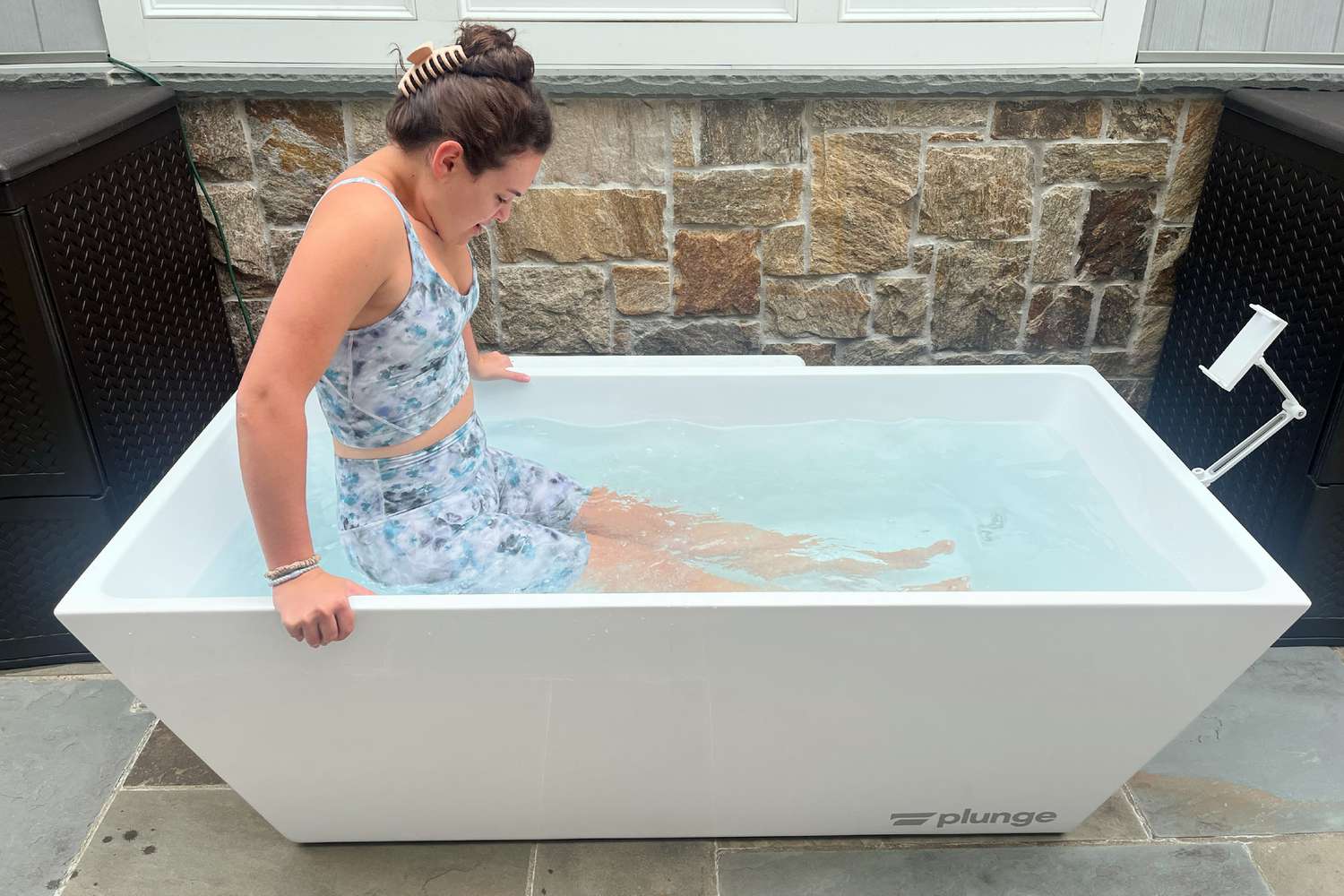Now Reading: Cold Plunge vs Ice Bath: 5 Key Differences for Optimal Recovery
-
01
Cold Plunge vs Ice Bath: 5 Key Differences for Optimal Recovery

Cold Plunge vs Ice Bath: 5 Key Differences for Optimal Recovery
Many people use cold therapy to help their bodies heal after intense physical activity. Athletes often use it to ease muscle pain and help them recover faster. People usually talk about cold plunges and ice baths as examples of different types of cold therapy. Each method is different and has its benefits. This article compares cold plunge vs ice bath to determine which is better for recovery.
What Is A Cold Plunge?
During a cold plunge a person or certain parts of their body are submerged in cold water usually between 50°F and 59°F (10°C and 15°C). The cold plunge is meant to get blood moving and reduce muscle swelling. It is often found in spas, gyms and recovery sites. People usually only go under the water for a short time anywhere from a few seconds to a few minutes.
The exercise can help your muscles feel less sore and help you recover faster overall. People say the cold plunge wakes them up but it may not be as intense as an ice bath. Many athletes and fitness fans like it because it helps them recover quickly.
What Is An Ice Bath?
To take an ice bath you sit in a tub full of ice and cold water about 32°F to 50°F (0°C to 10°C). The main goal of an ice bath is to lower swelling and speed up the healing process. Athletes often take ice baths after strenuous workouts or games.
Putting your body in ice cold water helps narrow your blood vessels and reduce swelling. This method works incredibly well for relieving muscle pain and keeping you from getting hurt. Ice baths should usually only be used for 10 to 20 minutes. Extreme cold can be brutal but many athletes find it helps them recover faster.
Benefits Of Cold Plunge
- Better Blood Flow: A cold plunge improves blood flow which helps eliminate metabolic waste and speeds up recovery. It is a kinder way to get blood flowing than an ice bath.
- Less Muscle Soreness: Regular cold plunges are a more comfortable way to ease muscle pain than ice baths. The cold water helps reduce swelling and speeds up recovery after hard workouts or other physical activity.
- Better Mental Recovery: A cold plunge is a refreshing experience that can help your mind recover. People often think it wakes them up more than the intense cold of an ice bath.
- Accessibility: Cold plunges are often more accessible and less scary than ice baths. For regular recovery sessions many people find it easier to handle the slightly warmer temperatures of a cold plunge.
Benefits Of Ice Bath
- Reduces Inflammation: Because ice baths narrow blood vessels they reduce inflammation and swelling helping the body heal faster. Compare this to a cold plunge for reducing swelling.
- Reduces Muscle Soreness: Soaking your muscles in ice cold water can make them feel much better after a hard workout. Ice baths and cold plunges also deal with pain after a workout.
- Speeds Up Recovery: The cold temperature of an ice bath speeds up the healing process and cuts down on the time it takes to get better. If you want to heal faster, compare ice baths and cold plunges.
- Avoids Injuries: Regular ice baths can weaken muscles and lower your risk of injury. They can also help prevent injuries; a cold plunge can help heal them.
- Increases Mental Toughness: Being in an ice bath for a long time can strengthen you mentally. Find out how ice baths and cold plunges can help your mental strength and endurance.
Read Also: 5 Essential Herbs For Digestive Health And How To Use Them
Comparing Cold Plunge And Ice Bath
Temperature Differences
The water temperature for the cold plunge is usually between 15°C, or 50°F to 59°F. Ice baths on the other hand are much colder, usually between 32°F and 50°F (0°C and 10 °C). This temperature difference can affect how well each method reduces muscle inflammation and speeds up recovery which brings up some crucial points about the cold plunge vs ice bath debate.
Duration And Frequency
Immersion times for cold plunges are usually shorter between a few seconds and a few minutes. Regarding ice baths, 10 to 20 minutes is typically enough time. The duration and frequency of use can affect recovery outcomes making it essential to consider these factors when comparing cold plunge vs ice bath.
Practical Considerations
Accessibility and convenience are essential when choosing between a cold plunge vs ice bath. Spas and gyms often have cold plunge pools which makes them easier to find. It would help if you had a tub and ice for an ice bath which can be inconvenient. Regarding effective recovery, practical concerns make one method more appealing.
Effectiveness For Different Workouts
The comparison between a cold plunge and an ice bath also depends on the intensity of the workout. Cold plunges can help with general recovery and sore muscles. After a hard workout an ice bath is a better way to reduce swelling and muscle damage. Which one you use may depend on the type of exercise you did and how quickly you need to recover.
Individual Preferences
Personal comfort and preference are essential when deciding between a cold plunge vs ice bath. Others enjoy the energizing effect of cold plunges while others find the extreme cold of ice baths difficult. The best method for recovery and overall health can depend significantly on the person’s comfort level and past experiences.
Conclusion
The best option for your recovery needs depends on whether you take a cold plunge vs ice bath. A cold plunge improves circulation and causes less pain. An ice bath can be very intense but it effectively reduces swelling and muscle damage. Both methods have their merits so consider personal preference and specific recovery goals when deciding between a cold plunge and an ice bath.





















